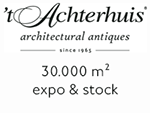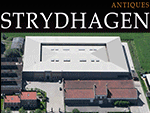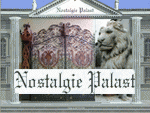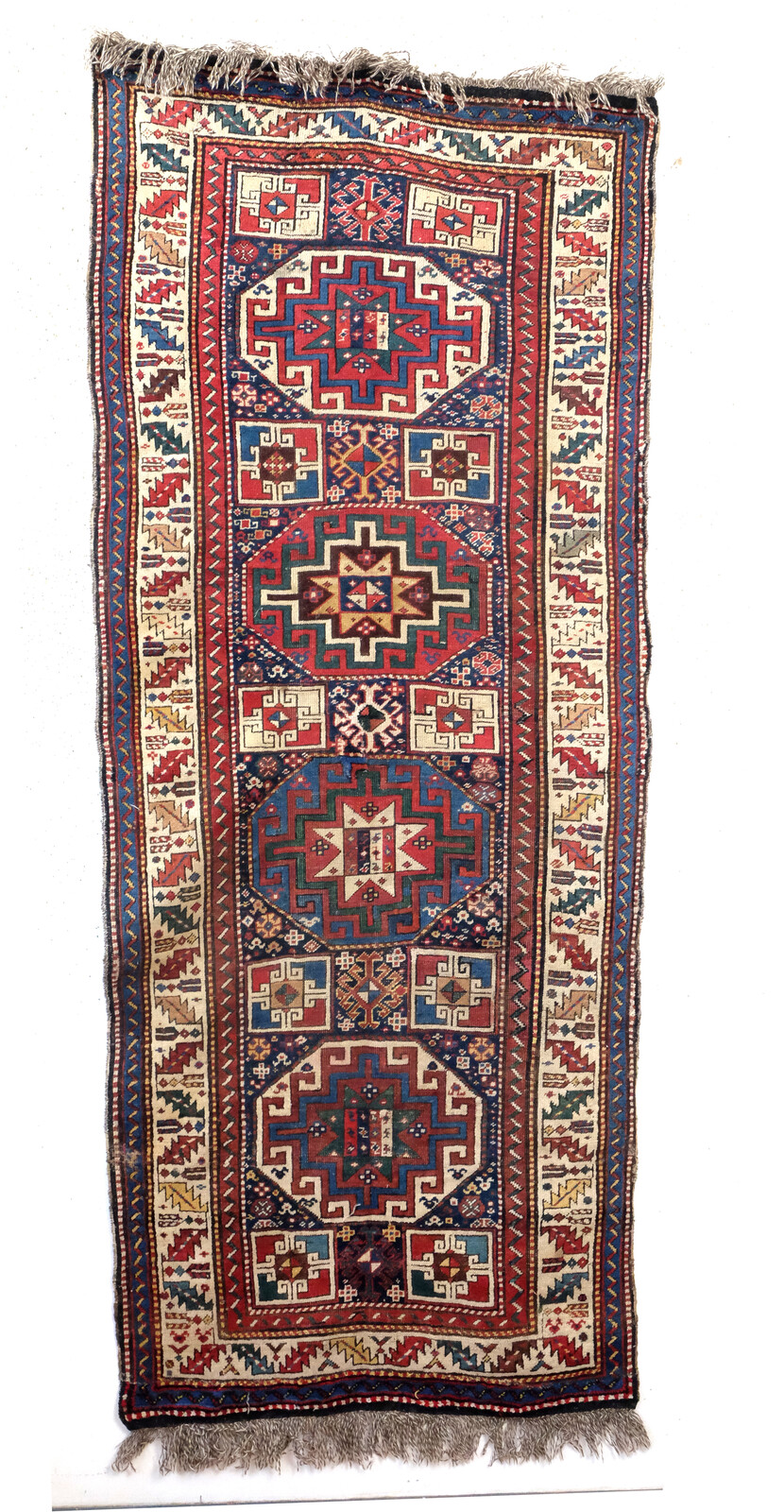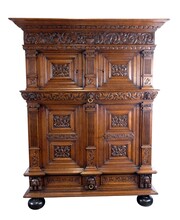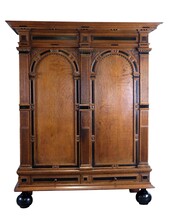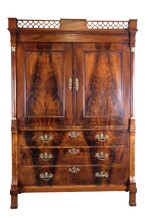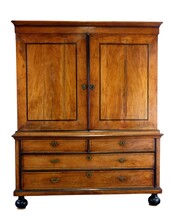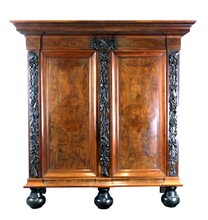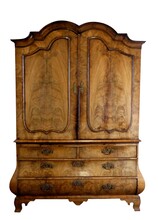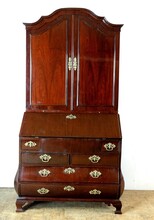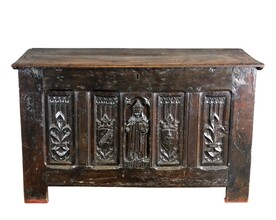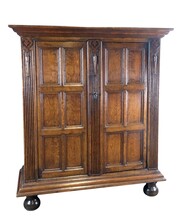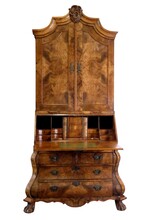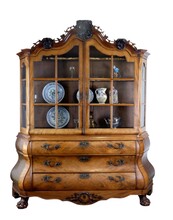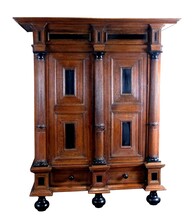Pilaster cabinet 17th century.
We rarely see a piece of furniture that has been published in the most important standard work for
Dutch 17th century furniture by Loek van Aalst and Annigje Hofstede.
This book is by far the best book in this field.
The cabinet you see here is depicted on page 89 of this book.
Hes & de Graaf, ISBN 978 90 6194 350 1.
Provenance: purchased in 1997 by a Dutch company.
Including the valuation report for insurance of Loek van Aalst.
A Four Door Pilaster Cabinet, very richly executed in Dutch Renaissance line-height: 100%; margin-bottom: 0cm">On the panels of the four doors we see beautiful carvings of acanthus leaves and a bird in the middle.
These birds are depicted with the so-called 'inward line', they look inwards, at each other.
That is always the classic way.
The panel on the bottom left deviates from this – this bird looks to the left, just like the other one.
Probably a deliberate anomaly that was often made in art to show modesty.
Based on the idea that total perfection can only be attributed to God.
This is also seen in Oriental Carpet Art, for example.
The whole thing is made too perfectly to explain this anomaly otherwise.
Rarely, however, to come across on a piece of furniture.
A very outstanding piece indeed.
The sides are just as richly finished as the front.
A cupboard like this was made as a status symbol and cultural statement.
In its time in the 17th century it was also expensive and was intended for people who wanted to show their social status , as we do now with the house we live in, clothing and/or cars.
